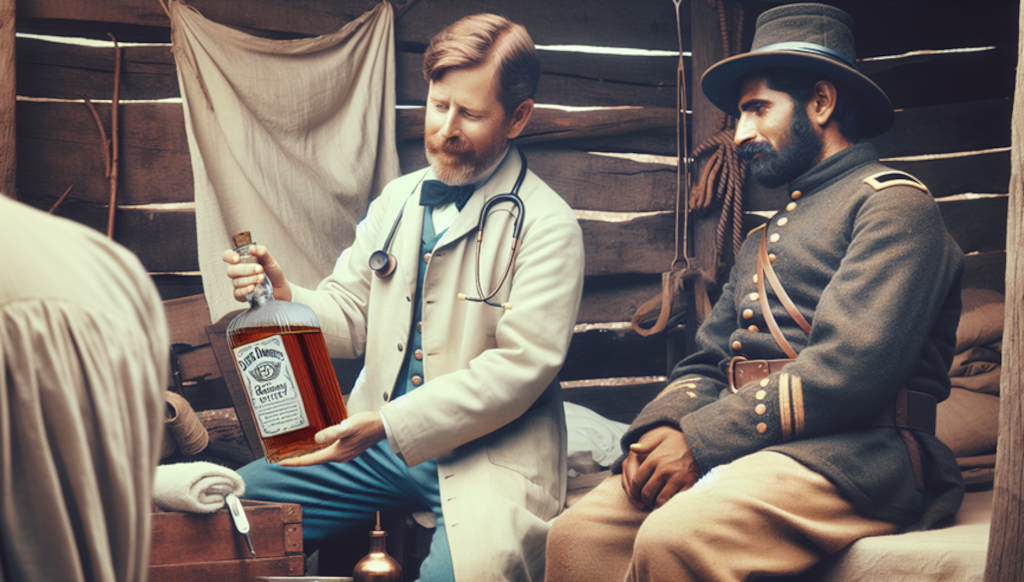Ever wondered how people handled surgery before modern anesthesia? Here’s a clue: it involved a bottle of something strong, a steady hand, and a whole lot of courage.
Long before anyone knew what “blood thinning” meant or how alcohol affected the body’s clotting, it was already a go-to for something else—pain. Believe it or not, your great-great-grandparents may have been handed a stiff drink not to relax socially, but to brace for amputation.
A shot of pain relief—literally
For centuries, alcohol was doctors’ and surgeons’ crude tool for numbing pain and calming nerves. It wasn’t high-tech, but it worked—sort of.
- In ancient civilizations like Egypt and Greece, alcohol was used during minor surgical procedures to dull pain and calm anxious patients.
- By the 1700s and 1800s, surgeons would sometimes give patients alcohol before amputations or wartime surgeries.
- It was also common practice to clean wounds with alcohol, which added to its reputation as medicinal.
A classic example? Civil War doctors—often working without anesthetics—used whiskey or brandy to reduce patients’ pain during operations, sometimes giving them enough to induce unconsciousness. Of course, these methods were wildly inconsistent and sometimes dangerous.
Modern research confirms that alcohol does have analgesic properties: it can raise a person’s pain threshold, making discomfort more bearable. Controlled experiments in recent decades have shown that alcohol consumption can lead to reduced pain sensitivity—but only temporarily, and at a cost. We now know that the mechanism is indirect, and alcohol isn’t nearly as safe or predictable as modern anesthetic drugs.
What they didn’t know could hurt them
The real twist? While alcohol dulled pain, it was also silently complicating surgeries in another way: by thinning blood and impairing clotting. But this wasn’t known until much later.
- It wasn’t until the 20th century that researchers discovered alcohol could interfere with platelet function and the body’s ability to form clots.
- Studies in the last decades and beyond linked chronic drinking to delayed healing and increased bleeding risk.
- Today, we understand that even moderate alcohol use before surgery can increase the chances of complications, bleeding, and poor recovery.
This is why modern guidelines recommend abstaining from alcohol for at least 24–72 hours before surgery. Surgeons take bleeding risk seriously, and alcohol’s effects on the circulatory system make even routine procedures more dangerous.
Still tempted by “liquid courage”? Think again.
What was once a last resort for making surgery bearable is now considered a major surgical no-no. Whiskey may have helped people get through grisly, pre-anesthesia procedures—but we’ve come a long way since then. Today’s pain management methods are far safer, more effective, and don’t come with a side of blood loss or impaired healing.
So next time you hear a character in an old movie downing a shot before a bullet’s pulled out—remember, that’s not just Hollywood drama. It’s history. But it also serves as a reminder of how much we’ve learned since then—and how science can change the way we see something as simple as a drink.
Key takeaway
Alcohol was used for pain long before we understood its risks—especially its blood-thinning effects. It may have offered brief relief, but we now know its dangers far outweigh its benefits in surgical settings.
In the hands of history, alcohol was a painkiller. In the eyes of modern science? It’s a pre-surgery red flag. Choose wisely.




Leave a Comment